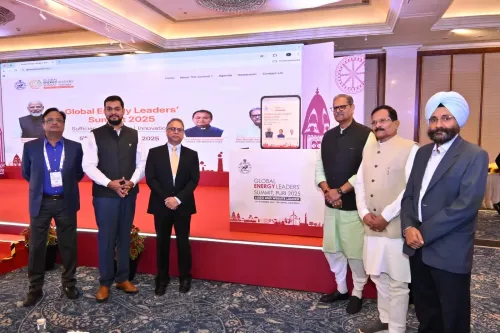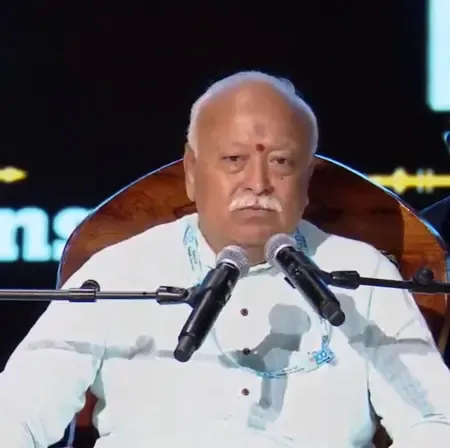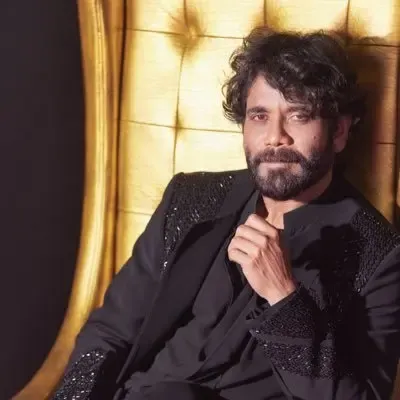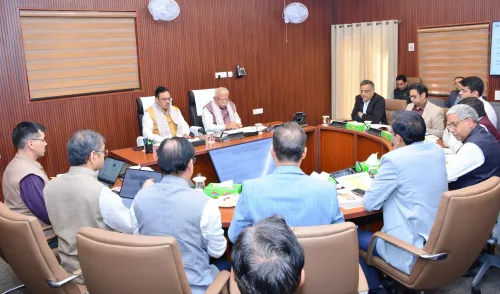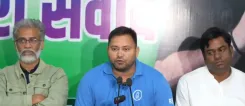How Did the Timeless ‘Vande Mataram’ Song Stir the Soul of India’s Freedom Struggle?
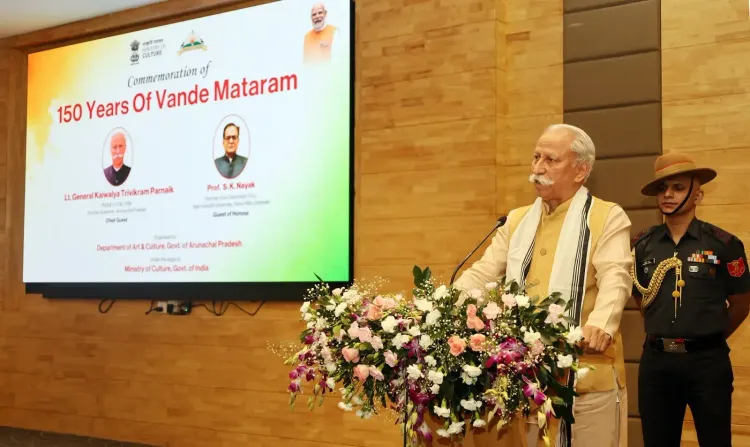
Synopsis
Key Takeaways
- Vande Mataram is a symbol of India's freedom struggle.
- The song encourages patriotism through integrity and empathy.
- It was penned by Bankim Chandra Chattopadhyay in 1875.
- The song is a call to action for national unity.
- It's celebrated through various cultural events across India.
Itanagar, Nov 7 (NationPress) The Governor of Arunachal Pradesh, Lt. General KT Parnaik (Retd.), expressed on Friday that Vande Mataram is the ageless anthem that ignited the spirit of India’s struggle for freedom.
The Governor spoke during the 150th anniversary celebration of Vande Mataram at the State Banquet Hall in Itanagar, stating that in contemporary society, true patriotism manifests through integrity in our work, empathy in our actions, and honesty in every decision we undertake.
He encouraged the youth to serve with dedication, lead with compassion, and uphold the unity and harmony that are core to India's identity.
Lt. General Parnaik (Retd.) joined the citizens of Arunachal Pradesh in a nationwide collective rendition of the national song Vande Mataram, paying a heartfelt homage to a tune that continues to inspire countless generations.
In his greetings to the state on this momentous occasion, the Governor remarked that Vande Mataram serves as a reminder of our illustrious past and stands today as a vibrant tribute to the unity, bravery, and the indomitable connection we share with our nation.
The Governor recalled that Vande Mataram was penned in 1875 by Bankim Chandra Chattopadhyay in his legendary novel Anandamath. Over the years, it evolved into a rallying cry of defiance, a melody of sacrifice, and the heartbeat of a nation awakening to its destiny. He noted that the song resonated through protests, fueled the courage of those imprisoned, and became a lasting emblem of patriotism for innumerable freedom fighters.
The Governor emphasized that even now, Vande Mataram shines as a beacon of India’s unity, dignity, and resilience. It serves as a reminder that our greatest strength lies not only in our vast diversity but also in the emotional connection that binds every Indian to one motherland.
As India approaches 2047, marking a century of independence, Lt. General Parnaik (Retd.) urged every individual to contribute to the vision of a Viksit Bharat.
He called upon all to renew their allegiance to the principles embodied in the song: love for the motherland, pride in our heritage, and responsibility towards future generations. Prominent figures such as Rajiv Gandhi University (RGU) Vice Chancellor Prof. S. K. Nayak, Chief Secretary (In-charge) Pawan Kumar Sain, and Prof. P. K. Nayak of RGU also shared their insights on the significance of the national song.
The Speaker of the Arunachal Pradesh Legislative Assembly, Tesam Pongte, along with citizens from diverse backgrounds, including government officials and students from Goa and Uttarakhand, participated in the commemorative event, transforming it into a genuinely inclusive celebration of national pride.
This commemoration, organized by the Department of Art and Culture under the Union Ministry of Culture, included a patriotic musical presentation by the department’s artists.

